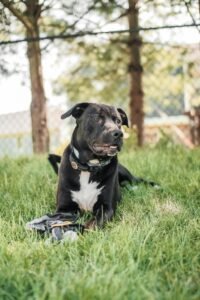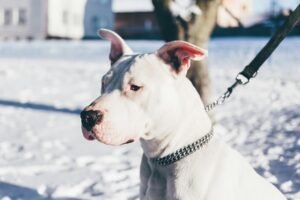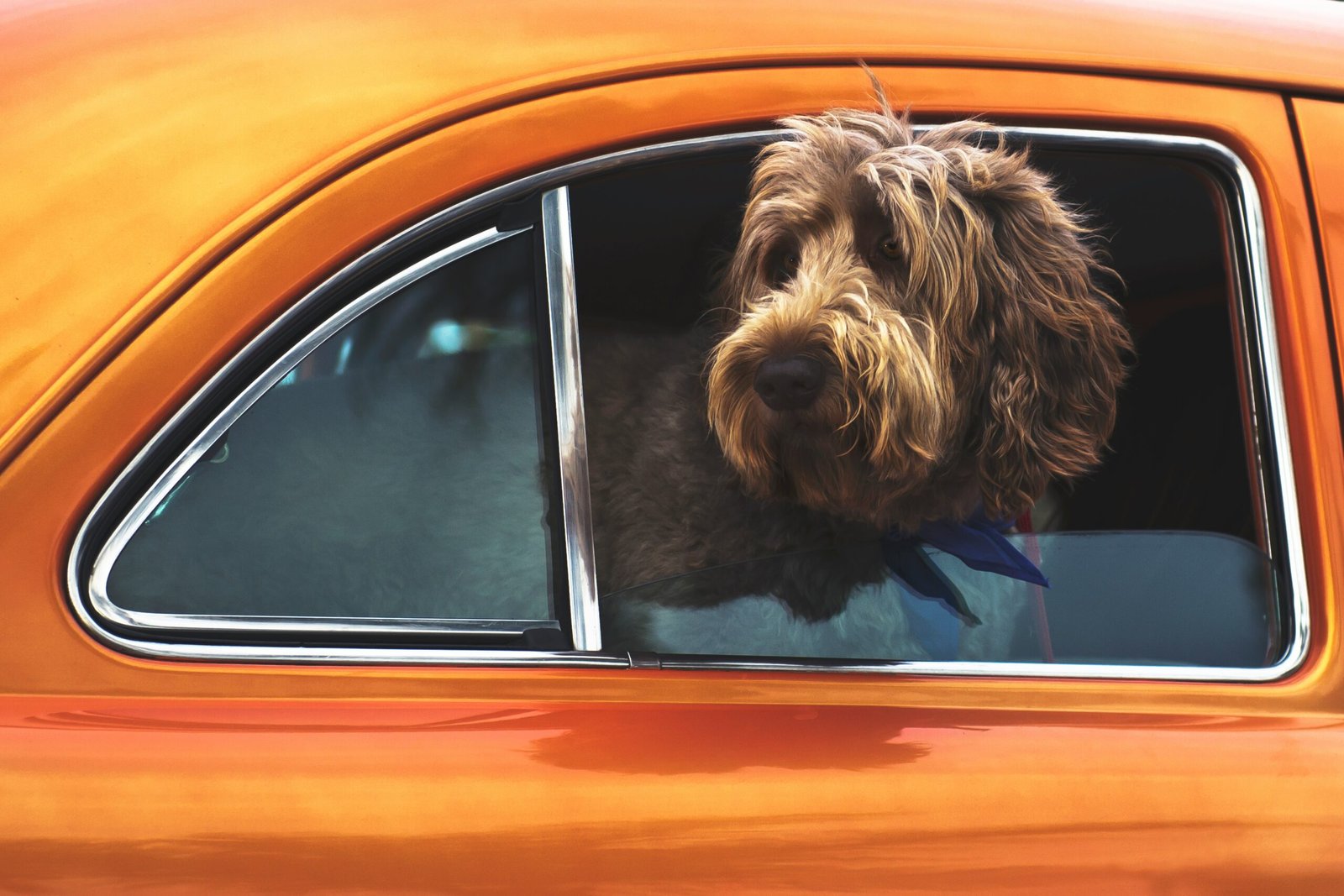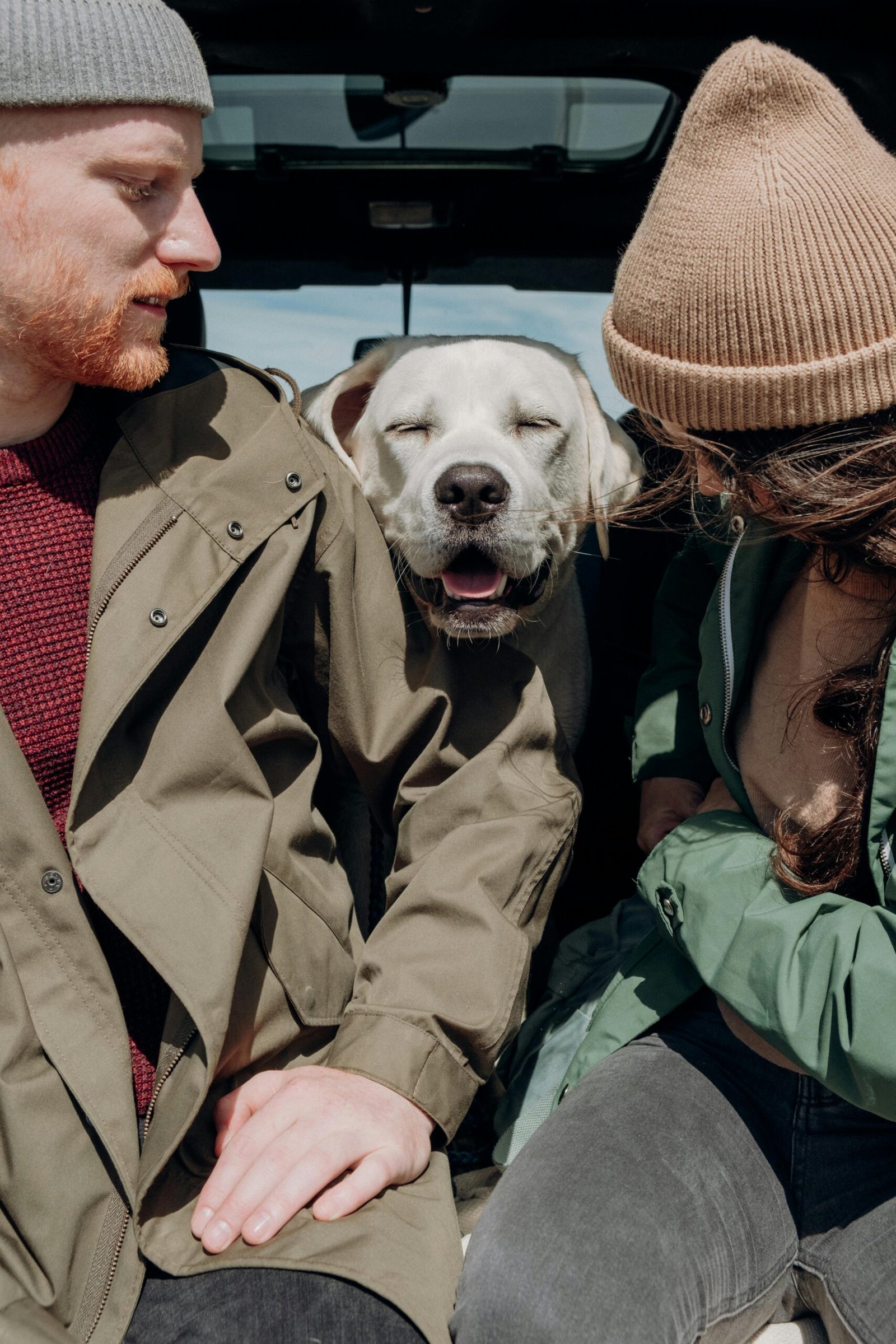The issue of dog breeds that are prohibited in the UK is complicated and contentious. Debatable topics include the fairness, efficacy, and effects of breed-specific law (BSL) on public safety. We will go into detail in this blog, “Banned Dog Breeds in the UK: Understanding the Law and Its Implications”, the reasons behind the ban, and the repercussions of owning one of these types.
Table of Contents
ToggleBreed-Specific Legislation: What Is It?
Laws that restrict or outlaw specific dog breeds that are thought to be hazardous are known as breed-specific legislation, or BSL. This is mostly enforced in the UK under the Dangerous Dogs Act of 1991. This act’s goal is to shield people from attacks by dogs that are deemed dangerous by nature due to their breed.
Which Dog Breeds Are Banned in the UK?
Four dog breeds have been designated by the UK government as being illegal under the Dangerous Dogs Act of 1991. These breeds consist of:
- Pit Bull Terrier
- Tosa Dogo
- Argentino
- Brazilian Fila
Even though these particular breeds are prohibited, any dog that resembles or displays traits from these breeds may also be deemed unlawful, regardless of whether it is a mixed or crossbreed.
Understanding the Banned Breeds
- A Pit Bull Terrier
Among the prohibited breeds, the Pit Bull Terrier is arguably the most notorious. Pit Bulls are renowned for their bravery, power, and determination. They were first bred for bull-baiting and then dogfighting. Pit Bull supporters contend that their breed may produce devoted and kind companions with the right socialisation and training. However, the UK has banned them due to worries about their potential for aggressiveness.

- Japanese Tosa
Japanese Tosas were originally bred in Japan for combat, making them an uncommon breed in the UK. Tosas are large, powerful, and have a serene disposition. They can weigh more than 100 pounds. In Japan, they are prized for their stoic demeanour, but because of their past as combat dogs, they are prohibited.

- Argentine Dogo
Large and robust, the Dogo Argentino had its start in breeding for big game hunting in Argentina. Large animals like wild boars can be subdued by this breed thanks to its strong build and powerful jaws. Although they are renowned for being devoted to their owners, BSL has targeted them in the UK due to their aggressiveness.

- Fila Brasileiro
Another large breed created for hunting and security is the Fila Brasileiro, sometimes known as the Brazilian Mastiff. Although these dogs are renowned for their devoted family ties, worries regarding their unpredictable behaviour and violence have been raised due to their wariness of strangers.

What Made These Breeds Prohibited?
Following many high-profile dog attacks in the UK in the late 1980s and early 1990s, the Dangerous Dogs Act was passed. The government was forced to act to protect people, especially children, from potentially harmful canines as a result of the public outrage that followed these instances.
These breeds are prohibited because of their physical prowess, history of aggression, and the serious harm they can cause in an assault. Regardless of their training or upbringing, supporters of the ban contend that the risks posed by certain breeds are too significant to permit them in the UK.
Rules with Exceptions: The Exemption Plan
There are certain exceptions to the overall ban on these breeds. If a dog owner can demonstrate that their pet does not pose a risk to the public, they may petition to have their dog listed on the Index of Exempted Dogs (IED). If successful, the dog will be permitted to live with some restrictions, such as:
- The dog has to be spayed.
- It is necessary to microchip the dog.
- The dog’s owner is required to keep it leashed and muffled when in public.
- For the dog, the owner needs to get third-party insurance.
- The dog might be taken and destroyed, and the owner might be prosecuted, if any of these rules are broken.
Consequences of Owning a Banned Dog
It is against the law to own or breed prohibited dogs in the UK. Even if your dog hasn’t acted aggressively, the police or municipal authorities may take it away if they find out you own one. Following an evaluation, if the dog is judged safe, the court may order its destruction or add it to the List of Exempted Dogs.
The following are possible outcomes for owners:
Penalties: Having a dog that is prohibited can cost you up to £5,000 in fines.
Penalty: Owners may receive a prison sentence of up to six months in extreme circumstances.
Seizure and Destruction: A judge has the authority to order the destruction of a dog if it is deemed harmful.
Criticism of Breed-Specific Legislation
Even though BSL aims to increase public safety, experts, dog owners, and animal welfare organisations have strongly opposed it. Common objections to BSL include the following:
Emphasis on Breed, Not Behaviour: Opponents contend that a dog’s surroundings, training, and upbringing have a greater influence on its behaviour than just its breed. They think that proper breeding practices and ownership are more beneficial than outlawing particular breeds.
Breed Misidentification: It can be challenging to recognise many dogs, particularly mixed breeds. Dogs that appear to be genetically similar to but not identical to prohibited breeds may nevertheless be confiscated.
Ineffectiveness: According to a number of studies, the number of dog bites and attacks has not decreased noticeably as a result of BSL. Opponents contend that it would be more successful to concentrate on responsible ownership, legal education, and the enforcement of current laws.
Punishing Responsible Owners: Many dog owners, particularly those whose dog is a crossbreed that has resemblance to a prohibited breed, feel that BSL is unfairly targeting them despite their proper training and care of their pets.
Alternatives to BSL
Some animal welfare organisations support alternatives to breed-specific legislation in light of the complaints. Among them are:
Programs for Education: Spreading knowledge about socialisation, good training, and responsible dog ownership.
Enforcing current laws more strictly would mean that dog owners, regardless of breed, would be held responsible for their dogs’ actions.
Evaluations of Dangerous Dogs: Emphasising the behaviour of individual dogs over breed.
Conclusion
Dog breed bans in the UK are still a contentious topic. Although the rule was put in place to safeguard public safety, many contend that it unfairly singles out particular breeds without addressing the underlying issues that lead to harmful canine behaviour. It is imperative that dog owners comprehend their duties and the legal ramifications of owning specific breeds, regardless of the continuation of BSL. Eventually, the only way to guarantee that people and dogs may live together in safety in society is through responsible ownership, education, and strong legislation.
What do you think about laws pertaining to specific breeds? Tell us in the comments section below!






